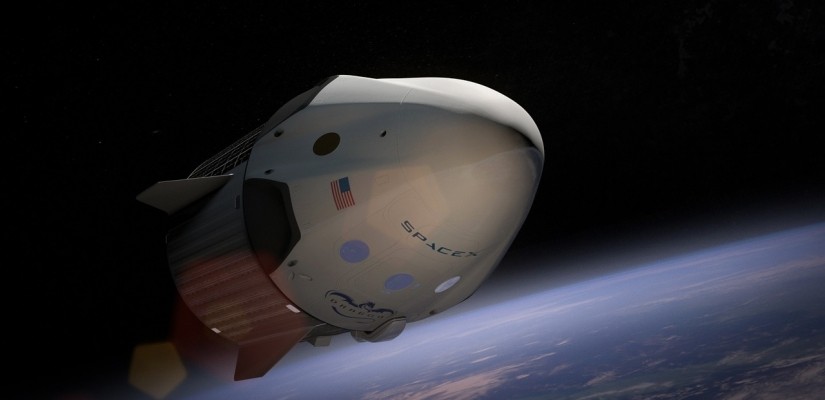On March 27, 2019, India carried out an anti-satellite missile (ASAT) test, Mission Shakti, and destroyed one of the country’s own satellites in Low Earth Orbit (LEO) at an altitude of 186 miles. The anti-satellite missile launch was a demonstration of power by Indian Prime Minister Narendra Modi in the run-up to the 2019 Indian general election. With this move, Modi also sent a clear signal to the United States, China, and Russia that India is geared up for military conflict in space. Not only does the militarization of space give cause for great concern, blasting satellites also bears substantial risk because of the material byproduct it leaves behind. ASAT missions create clouds of debris that litter the atmosphere and can fall onto the Earth later.
Space debris includes defunct or disintegrated satellites, rockets, or space vehicles, and it may vary in size from tiny particles to entire spacecraft. The risk of space junk lies in its velocity of movement and frequency of appearance. Objects larger than a softball can reach a speed of 17,500 mph. At this velocity, even relatively small chunks of debris can damage spacecraft or satellites and negatively affect missions. The European Space Agency (ESA) reported 22,300 pieces of debris and more than 500 collisions, explosions, or other events resulting in the fragmentation of objects in space as of January 2019. Former head of NASA’s orbital debris program Donald Kessler formulated the Kessler Syndrome in 1978, according to which collisions among space objects continuously create larger amounts of debris that are prone to causing further crashes. This could inhibit the safe use of outer space in the long-term.
Technical developments and the relocation of the arms race between the United States and the Soviet Union into space during the Cold War resulted in the need for legal regulations. As a consequence, the Outer Space Treaty entered into force in 1967 and is currently ratified by over one hundred states, including India, the United States, and Russia. It is the basis of regulation for activities in space and its implementation is overseen by the United Nations Committee on the Peaceful Uses of Outer Space (COPUOS). Since the treaty dictates the peaceful exploration of space, space-based nuclear weapons and weapons of mass destruction are banned. However, UN member states are still in disagreement over draft resolution No First Placement of Weapons in Outer Space which prohibits all arms in outer space. The draft resolution specifies neither the types of weapons that would be forbidden nor their launch positions. Hence, there are no clear restrictions on anti-satellite missiles yet, leaving ASAT operations such as India’s Mission Shakti in a gray area. As a result, further military tensions and displays of power between India, China, Russia, and the U.S. will exacerbate the issue of accumulating debris.

In the last two decades, the world has also seen an increase in the privatization and commercialization of space travel. Private businesses such as SpaceX, Rocket Lab, Vector Launch, Virgin Orbit, and Blue Origin are creating a more competitive market and opening up opportunities for non-professionals to gain access to spaceflight. Yet as space business becomes increasingly affordable, the number of launches is likely to rise. The risk of object collisions in an environment of accumulated debris will gain greater relevance if no countermeasures are taken.
The question of who is responsible for removing the junk from space is a tricky one, however. The 1972 Convention on International Liability for Damage Caused by Space Objects identifies launching states only as liable for damages caused by collisions if these states breach international laws on behavior in space. Moreover, a launching state’s ownership of the damaging object must be established in order to prove its fault. This may prove to be difficult when pieces of debris are small and cannot be properly identified. Therefore, as long as no serious damage is caused by debris, no state will consider itself responsible for clearing away the mess.
While institutions such as the Aerospace Corporation’s Center for Orbital and Reentry Debris Studies make efforts to develop technologies for the removal of debris, the issue remains a legal one. Although the Space Debris Mitigation Guidelines released by COPUOS in 2007 and the Space Debris Mitigation Requirements published by the International Organization for Standardization (ISO) in 2011 suggest regulations on preventing space junk, they are not legally binding under international law. As of yet, no international legal rules for the mandatory clearance of debris have been formulated. As junk continues to clutter space, Donald Kessler warns that the financial cost of its removal will only increase over time until a solution is found. This requires cooperation among members of the international community. Until then, only insurance companies financially covering space activities will benefit from the situation.
